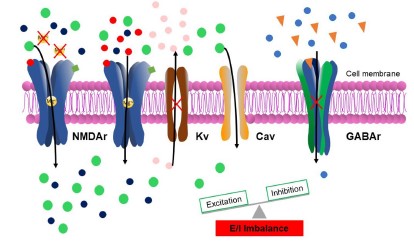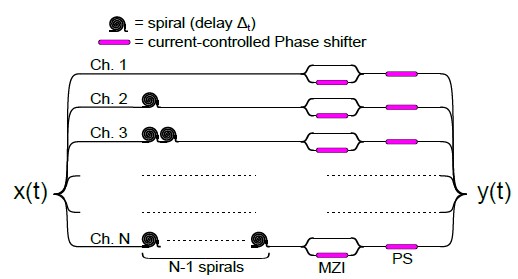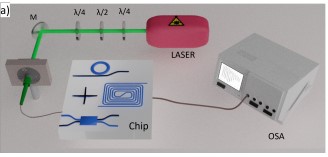
Quantum circuit mapping for universal and scalable computing in MZI-based integrated photonics
Opt. Express 32, 12852-12881 (2024)
DOI: 10.1364/OE.520492
Chromatic dispersion compensation via an all-optical perceptron
Proc. of SPIE Vol. 12894, 2024
DOI: 10.1117/12.2692979
SiN integrated photonic components in the Visible to Near-Infrared spectral region
Optics Express, Vol. 32, No. 6, 11 Mar 2024
DOI: 10.1364/OE.514505
Decoding Epileptic Seizures: Exploring In Vitro Approaches to Unravel Pathophysiology and Propel Future Therapeutic Breakthroughs

Biomedical Materials & Devices (2024)
DOI: 10.1007/s44174-024-00158-4
We invite you to read the article "Silicon microresonators for artificial neural networks" published on EurekAlert! about our research activities.
You can find it here.
Login
Setup Nanolab





